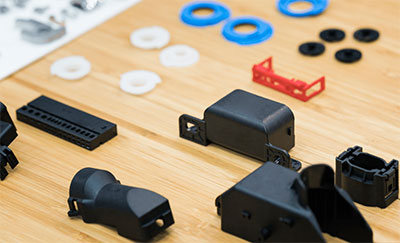Aspects Of Improving Injection Molding Tolerances
Views: 1015 Update date: Feb 07,2023
When it comes to injection molding, it is actually a very widely used process, Injection molding tolerances are critical because the toy industry is very demanding in terms of appearance and toy play experience, and most toys rely on this process to make it happen. Injection molding is a common manufacturing method in which heated liquid molten material is injected into a mold after passing through a long chamber, which is located at the end of the chamber and the fluid plastic is forced to cool through the nozzle, closing the grinder, and the semi-finished product exits the press as the plastic cools and cures. In this process, to get high precision as well as high tolerance of injection molded parts, we can start from several aspects.Mold design accuracy
To improve the plastic injection molding tolerances, such as the form or basic structure of the mold, not only the parting surface of the mold should be considered for the molding and de-molding of the plastic part, but also the fluidity of the melt during the molding of the plastic part, and the distribution of the sprue, the location of the gate, the exhaust, the cooling or heating of the mold, etc. In injection molding, the mold cavity has to bear high pressure, if the mold stiffness is not enough, it will make the mold deformation and thus reduce the standard injection molding tolerances, so the influence of the cavity structure on the stiffness needs to be fully considered. It is necessary to overcome the wear and deformation of the mold, in which the manufacturing accuracy of the mold is the main factor that affects the injection molding tolerances.
Plastic Materials
Types and grades of plastics, such as plastic shrinkage, flow, moisture, and volatile content. Different plastic materials have different shrinkage differences and fluctuations. These can lead to fluctuations in injection molding tolerances.

Temperature、 pressure、 time. Due to the performance of the machinery itself and the practical experience of the operator, the process parameters often fluctuate, resulting in differences and changes in the shrinkage rate of the material, which affects the plastic injection molding tolerances.
Changes caused by the external environment of the molded workpiece
The temperature and humidity of the environment, the degree of crystallization of molecules, and the orientation of fillers, or improper storage lead to expansion and post-shrinkage of molded products. The tolerance of injection molding can change due to the external environment.
Other factors
For example, the shape and wall thickness of the workpiece, the measuring environment, and the reading habits of the measuring personnel can affect the tolerance of injection molded parts.



